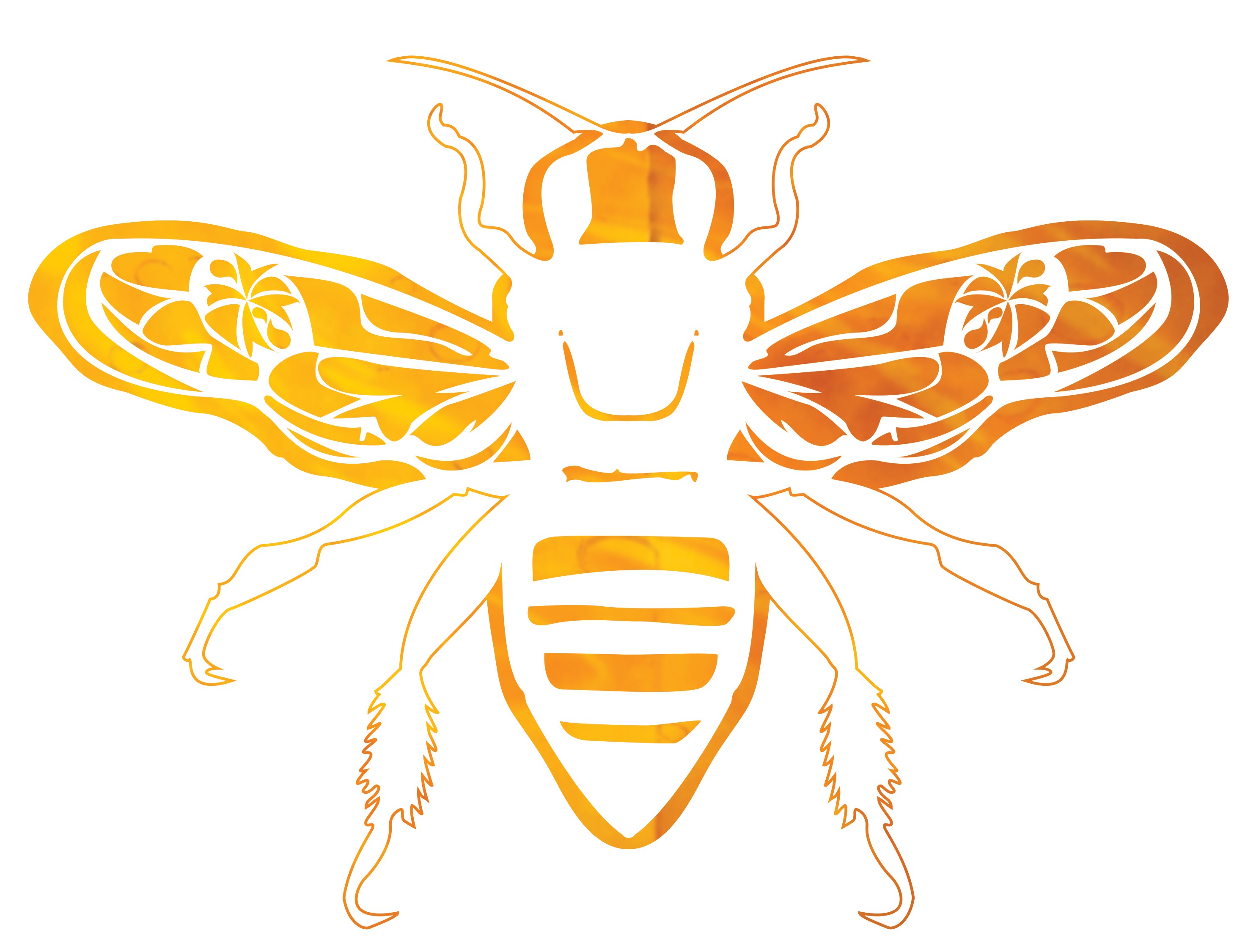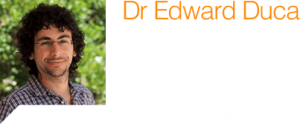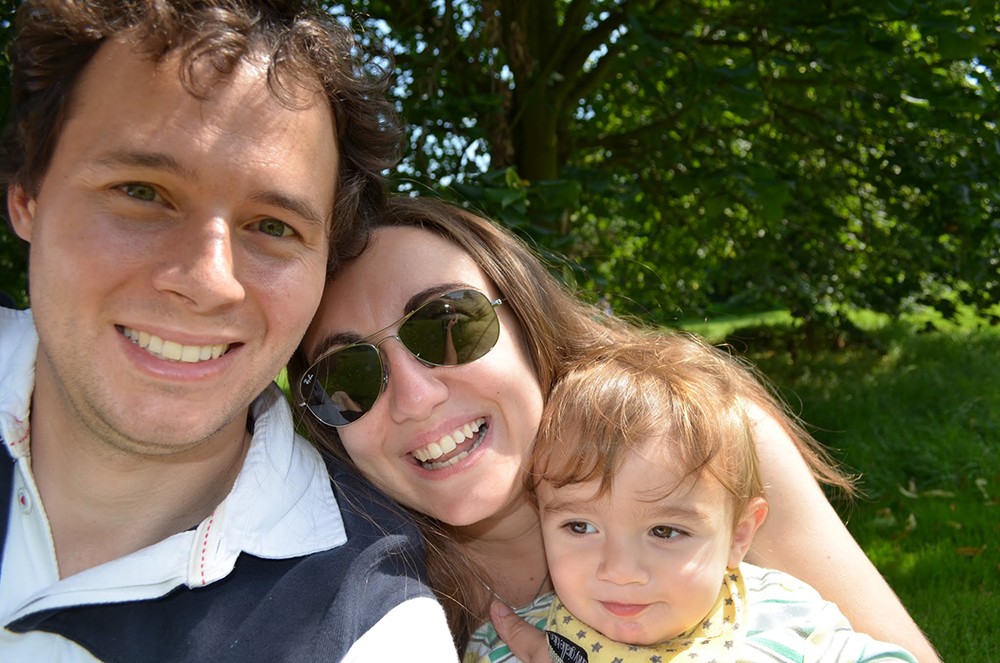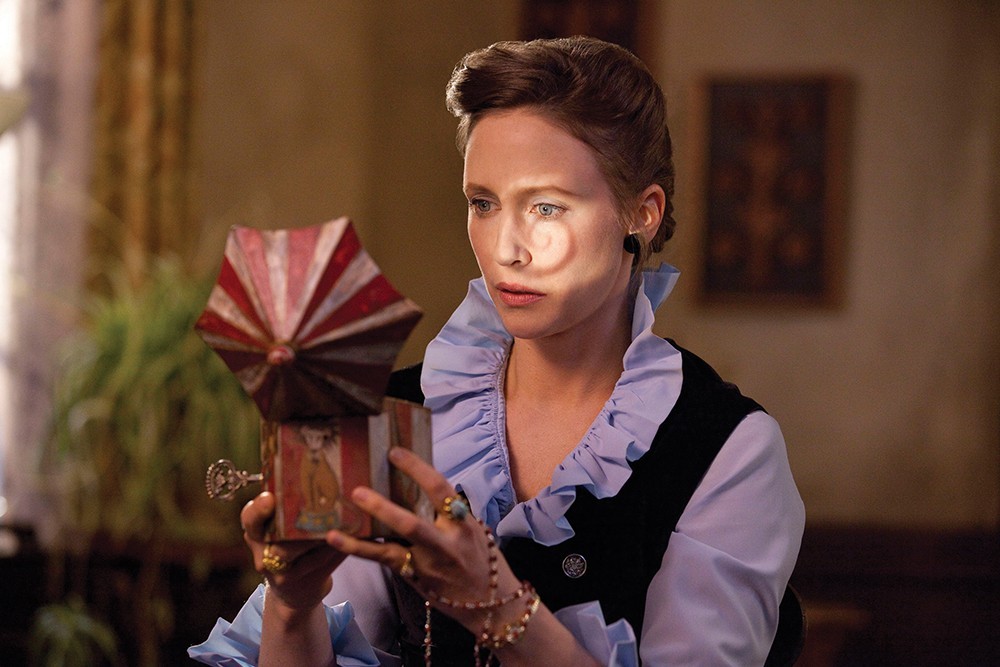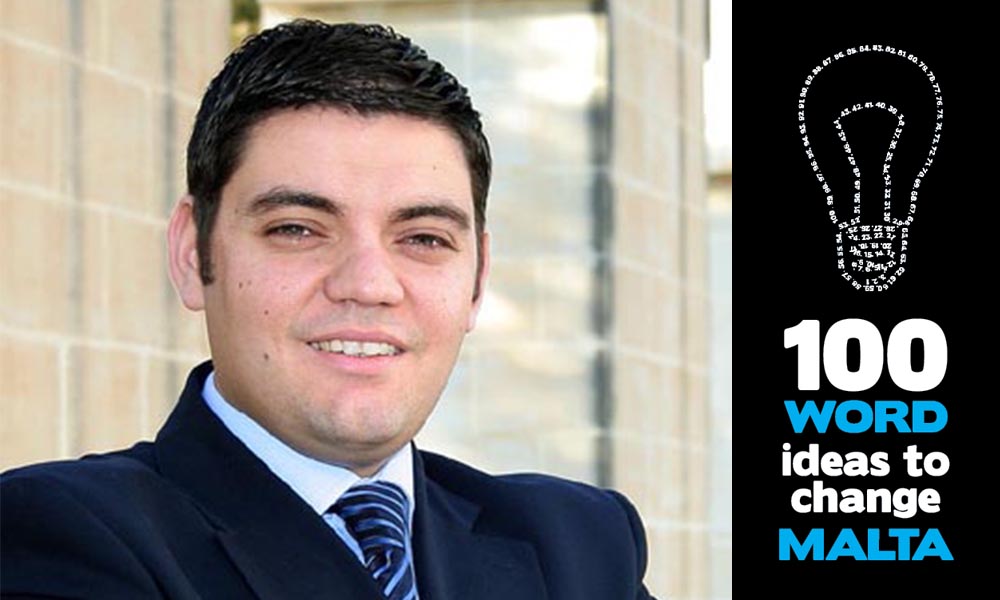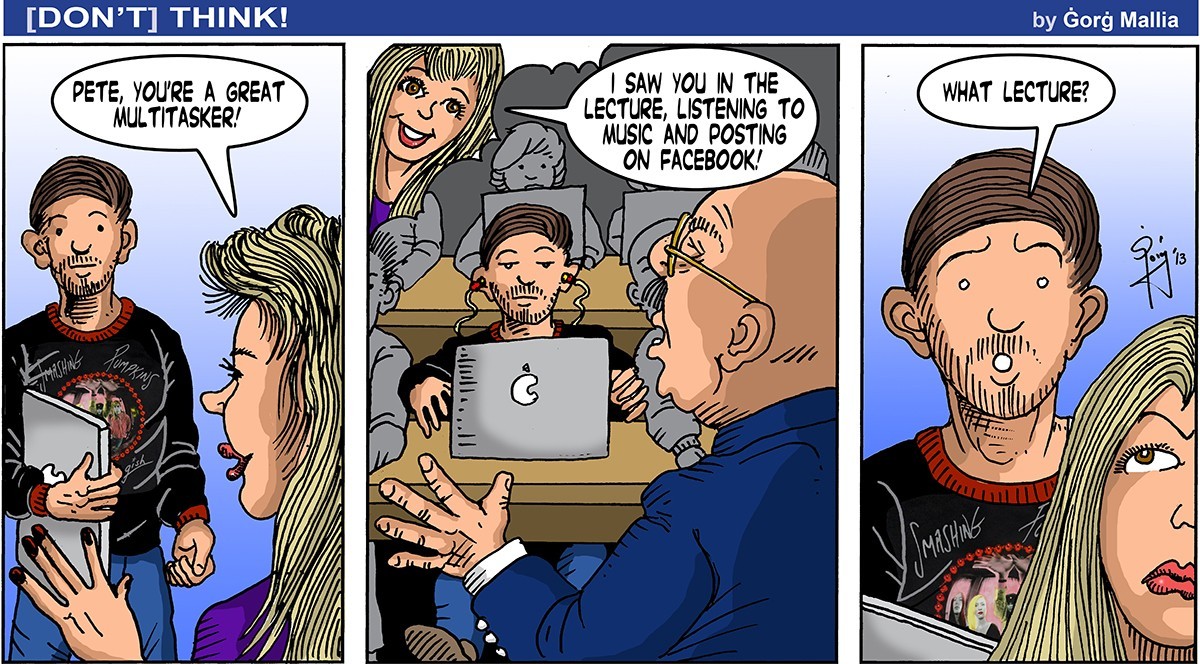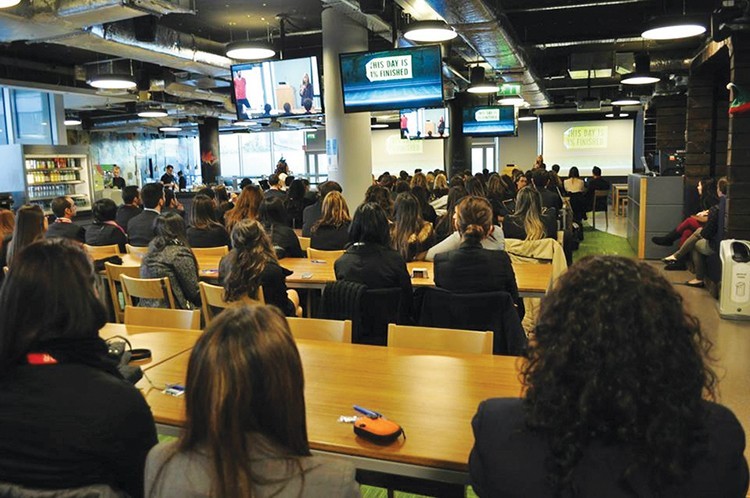Mirrorless Revolution

About 2 years ago I was faced with a tough camera choice. I had been a Canon user for years having used a number of their DSLRs (a professional camera) and amassed more lenses than I needed.
Nevertheless, mirrorless cameras were starting to interest me with their attractive features. I loved the idea of carrying a lighter, compact camera with DSLR capabilities.
Ok, some explanations for the less geeky: film SLRs required a mirror. The mirror diverts the image to the viewfinder (where your eye can look through) but moves out of the way to expose the film when taking a picture.
Digital SLRs making use of an optical viewfinder still require a mirror. However, there is an alternative. A small display can replace the optical viewfinder. The main advantage being that eliminating the mirror allows for smaller and lighter cameras. There are disadvantages. Older electronic viewfinders are of low quality — a problem that is disappearing with the latest cameras such as Sony’s NEX, Olympus OM-D and Fuji X ranges.
Another disadvantage is focusing speed. Mirrorless cameras adopt slower contrast detection methods rather than the phase systems found on DSLRs. Such problems are being addressed through on-chip phase detection in the Nikon 1 cameras.
Finally, the smaller sensor size of mirrorless cameras reduces the camera’s image quality. Again, Sony’s new cameras, the Alpha 7 and 7R, provide full-frame sensors in a small and sturdy body .
With the ever-increasing range of high quality lenses for mirrorless cameras, it is tough to ignore them when choosing a new camera. I now find myself picking up my mirrorless camera, rather than my DSLR, more and more often.
Trieste: city of science, karst land and sea
Anthony Galea shares his passion for the sea
Growing up on the small island of Gozo, it was inevitable that the sea would exert a powerful influence on me. As a child I never tired of the sea, swimming, cooling off and floating on it in little boats. As I grew older, I came to see the sea as more than just a pretty playground. ‘Where do waves come from?’ ‘What generates sea currents?’ ‘How can I surf a wave?’ Were some questions that aroused my curiosity and motivated me to study the oceans, and eventually to choose to study physical oceanography and fluid dynamics.
Before commencing this journey, I read a B.Sc. (Hons) in Mathematics and Physics (University of Malta), graduating in 2008. Afterwards, I read an M.Sc. in Physical Oceanography, pursuing this qualification while working at the International Ocean Institute — Malta Operational Centre (IOI-MOC, University of Malta). One of the most interesting aspects of my research was studying storm surges around the Maltese Islands. The aim was to develop components to forecast variations in sea level around Malta.
In 2011, I was offered a scholarship at the School of Environmental and Industrial Fluid Mechanics (University of Trieste) in Italy. My Ph.D. research focused on the numerical modelling (Large Eddy Simulation) of coastal areas, in particular, the Barcelona harbour in Spain and the Bay of Taranto in Italy. My objective was to simulate the turbulent water mixing in the ports in order to understand the sea currents and circulation within the bays and thereby to quantify the water renewal within the basins.
Trieste, characterised by the bracing air of the famous Bora wind and by its splendid views of the Adriatic Sea, hosts many world renowned institutions and international organisations. Living in such a ‘city of science’ has allowed me to meet many celebrated scientists at seminars, workshops, and scientific conferences.
Through video conferencing I deliver a weekly physics study unit in Fluid Mechanics at the University of Malta. I am pleased that the beautiful blue Mediterranean waters are still motivating other Maltese students.
My interest in the sea has brought me a long way, not only academically but by experiencing new cultures and indulging my love of cycling along the karst (garigue) coastline.
But I remain at heart that same boy with a love of the sea. I look forward to climbing aboard my trusty kayak, revelling in the ebb and thrust of the rolling waves to continue exploring the rugged coastline of my beloved Gozo.
NMR, Kidneys and a Family
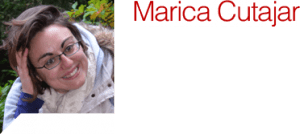
I chose to study Chemistry and Physics simply because they were the subjects I enjoyed most, so I enrolled on a B.Sc. (Hons) degree at the University of Malta without having a clear idea about what I would be doing once the four years are over. I was not the best brain in the class but in 2004 I graduated with a 2:1 grade and it was quite obvious that I needed a plan. A couple of opportunities to embark on a Ph.D. in Britain came along through local contacts and applications on jobs websites. Despite not knowing much about the subject, I decided to go with the Ph.D. at Exeter University because it was about Nuclear Magnetic Resonance, a subject that sits right on the verge of Chemistry and Physics.
Obviously the idea of moving abroad, living away from my parents and starting this amazing new adventure was incredibly exciting. From the start of my Ph.D. things went incredibly well, it was immediately obvious that I was much better at doing research than studying for exams. I started with looking into dynamics in solid materials on the microsecond timescale, which is the less studied type of motion. It bridges the gap between very fast (spin-lattice relaxation motions, nanosecond) and slow (millisecond to second) timescales. I published my first scientific paper a year into my Ph.D., and five more followed by the time I defended my thesis.
Because of the contacts I built during my Ph.D. as soon as I finished I was offered a post at University College London, Institute of Child Health, working as a research fellow in renal imaging. I carry out research at Great Ormond Street Children’s Hospital using novel non-invasive Magnetic Resonance Imaging (MRI) techniques. I work mainly with children requiring a kidney transplant. The aim of my work is to eventually be able to furnish doctors with information about their patients, which is currently either unavailable to them or they can only get through invasive clinical techniques such as biopsies. My work here has produced six peer-reviewed papers and I am currently working on a few more.
The research I carried out during my Ph.D. involved dealing with basic scientific concepts like Quantum Mechanics — that studies sub-atomic phenomena — and I was at liberty to experiment as I saw fit, which I enjoyed. However, despite being much more restrictive, I find clinical research extremely rewarding. Coming face to face with the people benefiting from all your hard work is really priceless.
Just after my Ph.D. I married my husband. We are now very proud parents of a two-year-old son. Any working mum would tell you that raising a family while maintaining a career is not easy, but I believe that if you like your job enough, combing the two is very worthwhile. Obviously research does not wait for anyone, and luckily for me, having colleagues that supported me meant that I was able to carry on publishing while I was on maternity leave.
The Conjuring — Film Review

Krista: James Wan’s film is irresponsible for its appalling suggestion that the Salem witch hunt was somehow a justifiable massacre. The dead earnestness of those who ‘inspired’ it makes me shudder. The ‘true story’ malarkey is common in horror taglines but this movie seems more earnest about those credentials by basing its characters on real people.
Noel: You’ve got a point there. Even though the story revolves around female characters, most of them are either ghosts or victims. The true menace is motherhood itself. Even Annabelle the doll exploits maternal instinct to haunt its hosts. The ghost of the witch, despite being after the children, first possesses the mother then tries to make her kill the child.
K: Are you suggesting that the film distorts the maternal instinct?
N: Yes, as far as the witch’s ghost is concerned. That is why it tries to corrupt the other mothers. The males simply orbit.
K: That’s another thing: how seriously does it take itself? There’s the playfulness one associates with a Wan film, especially references to other horror movies, such as The Evil Dead (‘groovy’). Wan is a horro fan who indulges in it for its own sake.
N: I found The Conjuring very dark in tone, compared to Insidious, his previous ghost film. The geeky paranormal researchers play a less central role.
K: How does the motherhood bond in The Conjuring compare to the fatherhood bond in Insidious?
N: The fatherhood bond is tenuous there. The mother is most worried about their haunted son.
K: You are right about the mother being the emotional centre and her level of concern in Insidious. However, the problem originates from the father, who passes on the legacy of astral projection. And it’s the father who rescues the son. I thought the mother-son relationship was more peripheral. She tries to influence events but isn’t a moving force.
N: Off on a tangent: James Wan is such a good filmmaker. He’s confident and knows exactly what he wants to get across without resorting to boo! gimmickry. The scariest bits in the film happen with a static camera and no cuts. Just mise-en-scène — a visually artful way of telling a story. For example, the bedroom scene with the two sisters. One of them points at a ghost that is never seen. Since we’re watching a horror film, we know it’s there. And Wan sustains the scene long enough to get under our skin. Brilliant!
K: That’s true. Though in terms of unexpected shifts, these do occur often. Take that ‘odd’ devil scene in Insidious where it feels like a different horror subgenre. There are these shifts in tone and style in The Conjuring too, but it is more consistent than Insidious overall.
N: Insidious is simply superb up until the ‘ghostbusters’ appear; then it becomes goofy.
K: Though I’d take any Lin Shaye character over the Warrens.
N: I am with you on Wan’s playful approach. Honestly, I’d love to see a ‘mature’ James Wan film through and through. Given the right script, he would make a great film. Krista, could we say that The Conjuring is a second take at Insidious?
K: I agree with what you said when we came out of the cinema — that it refers back to his earlier film. Though I still prefer Insidious, because of those jarring shifts from subtle to unsubtle, which are tricky to pull off, but
somehow work. The Conjuring is certainly more polished, but I cannot quite see it as more ‘mature’ than Insidious, mainly because of its political irresponsibility.
The Bright Side of Life
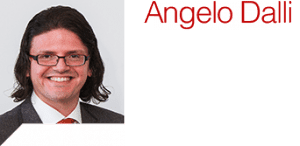
My passion in life is succeeding at building competitive and highly competent teams of people who are driven by a common vision towards success, in other words, setting up successful companies. I am a serial entrepreneur with an almost fanatic obsession for using IT and sound business sense to create disruptive solutions in various industries, including the transportation, entertainment, gaming and big data analysis fields.
My interest in IT started when developing small applications as a teenager in secondary school, selling my first program within a few months for a very tiny amount of money. I spent it the following weekend. Soon after, I took Computer Science seriously and ended up representing Malta in various international events. In 1995, when I was 16 years old, I won Malta’s first-ever bronze medal at the International Olympiad in Informatics (IOI). Five years later, I graduated from the University of Malta with a Bachelor’s degree in IT and a Master’s degree in Computational Linguistics. Then, I moved to the UK, where I read for a Doctorate in Computer Science and Search Engine Technology from the University of Sheffield while working for various European Union research projects.
In the UK, I set up one of my first companies. A few years later it became Traffiko, an Intelligent Transport Systems solutions company with offices in the UK, Malta, and Australia. I also wrote proposals that were funded by the UK Joint Research Council and the UK Ministry of Defence Science and Technology Lab (DSTL). Additionally, I published and presented over 23 peer-reviewed papers and journal articles. Around 2005, I built a cluster of servers that copied all text on the Internet to test search engine technology.
In the past decade, I have been focusing on setting up successful IT companies in multiple countries, dealing with the challenges of managing operations in different time-zones and people with different cultures and training. My current businesses all largely employ Maltese IT professionals. They include gaming platforms, cloud-based data-mining and next generation people-sourcing platforms.
The importance of having a diverse skill set and an open mind is also something that leads to career excellence and personal satisfaction. I believe that Malta offers a good base of IT professionals who can achieve brilliant results within the right framework.
I am currently a member of the European Business Angel Network (EBAN). The network helps provide access to early stage finance to entrepreneurs with great ideas that need seed funding, mentoring and guidance.
A good foundation in technology, engineering, and science subjects gives the right analytical and logical analysis skills. They are useful in development and solving issues encountered by IT and technology entrepreneurs — from formulating a business plan to turning a start-up company into an IPO (a company that can be launched on the stock market) in a planned manner.
IT skills should always be coupled with a sense of appreciation for business needs. Entrepreneurs need a healthy dose of optimism and inquisitive curiosity tempered by a logical, practical approach. This philosophy has always been my vital skill set for success.
High-tech Test Bed
Prof. Alexiei Dingli
Size can be both a limitation and an opportunity, depending on how you look at it. My idea is to turn Malta into a high-tech test bed. Malta has all the complexities of modern countries: high density, traffic, etc. yet it is tiny, manageable and low cost compared to most countries in the western world. What if we invite companies to come here, test their systems, and then once they’re happy they could implement them in larger countries? We could easily introduce an Intelligent Traffic Management System, Ambient Assisted Living in all the homes; basically the sky is the limit!
Pale Machine

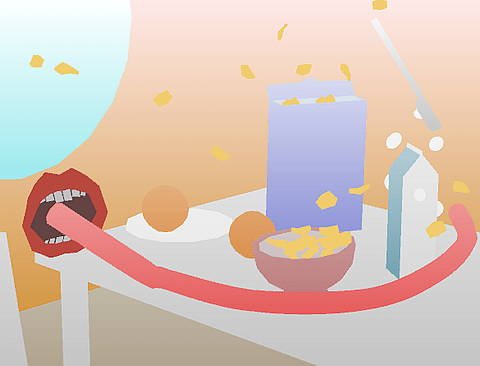 Our idea of digital games certainly doesn’t fit Pale Machine. The latest work of Ben Esposito — a multimedia artist based in Los Angeles — comprises a physical CD with eight songs and eight wacky game experiments that accompany every track on the album. The title track (or game) is a sequence of absurd vignettes: first you are somehow controlling a bottle rolling on a desk. A few seconds after, you are awkwardly maneuvering a hyper extendable tongue, which soon enough will occupy the whole screen. The game then proceeds to completely change the controls, and now you become a giant hand floating in the sky of a suburb.
Our idea of digital games certainly doesn’t fit Pale Machine. The latest work of Ben Esposito — a multimedia artist based in Los Angeles — comprises a physical CD with eight songs and eight wacky game experiments that accompany every track on the album. The title track (or game) is a sequence of absurd vignettes: first you are somehow controlling a bottle rolling on a desk. A few seconds after, you are awkwardly maneuvering a hyper extendable tongue, which soon enough will occupy the whole screen. The game then proceeds to completely change the controls, and now you become a giant hand floating in the sky of a suburb.
It is hard to grasp, but Pale Machine is a tribute to many other works: games like WarioWare and Keita Takahashi’s Katamari Damacy and Noby Noby Boy. One can also hear echos of Japanese electronic musician Nobukazu Takemura, as well of the chiptune band YMCK. But the uniqueness of Pale Machine is in its ability to join together interaction design and music composition. It provides an intense and inspiring experience, perfectly appropriate for an artistic setting.
http://bo-en.info/URLpalemachine.html
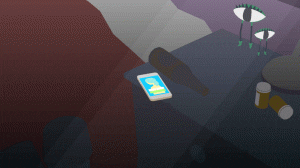
Don’t Think — March 2014 edition
Innovation in Business
 Being in the second year of my banking, finance and management studies, innovation in these sectors is a key part of my curriculum. In banking one can easily see developments with the introduction of banking by telephone, internet and mobile. Similarly with management, recent growth has allowed the sector to grow and develop expertise in management of projects, accounting and supply chains.
Being in the second year of my banking, finance and management studies, innovation in these sectors is a key part of my curriculum. In banking one can easily see developments with the introduction of banking by telephone, internet and mobile. Similarly with management, recent growth has allowed the sector to grow and develop expertise in management of projects, accounting and supply chains.
Innovation has exponential potential to foster new solutions, initiatives and jobs. Younger graduates need to create new opportunities. For Malta to improve its competitiveness and attract investment we must turn challenges into opportunities. During Ireland’s EU Presidency, in the first half of 2013, the negotiations led by Dublin saw Malta secure €1.128 billion for the 2014-2020 Multi-Annual Financial Framework. The possibilities for Malta are endless. On top of this framework lies the Horizon 2020 Programme, where countries can compete for over €80 billion set aside for innovation. These funds should be used strategically in Malta to improve existing sectors and to find a way to create new markets and jobs. This growth would build Malta’s competitiveness.
“For Malta to improve its competitiveness and attract investment we must turn challenges into opportunities”
SMEs (small and medium sized enterprises) are being greatly encouraged by the EU since they are seen as a route out of the recent economic crisis. The Horizon 2020 programme gives priority to SMEs.
Malta can win more of these funds by looking at what Horizon 2020 aims to achieve, that is leadership in a world of competitive science and to realise innovations leading to societal change. These could be in the areas of biotechnology, clinical research and green technologies. We need systems that change the way we live and think.
In the global economy, it can be hard to be innovative and entrepreneurial as we have grown accustomed to depending on other countries to do our work. Instead of waiting for new technologies and developments to emerge so that we can replicate them, we should encourage the young generation to open new doors that could lead them to success. Thus, inspiring people to think outside the box and to be creative starts from an early age. This train of thought must be cultivated at the heart of the education system where students start to think about jobs and the future.
Last December, I had the opportunity to see this when I visited Facebook’s Headquarters in Dublin as part of the ASCS study trip. There is considerable scope for further research into virtual platforms linking social media with innovation in business.
Albert Einstein once said ‘Most people see what is, and never see what can be,’ which is exactly why we need to shift the focus on what can be done, rather than what has already been done.

